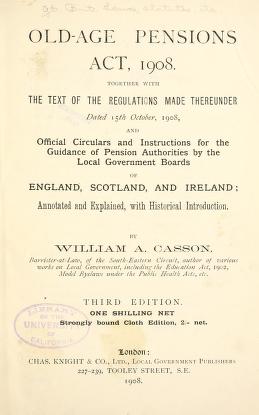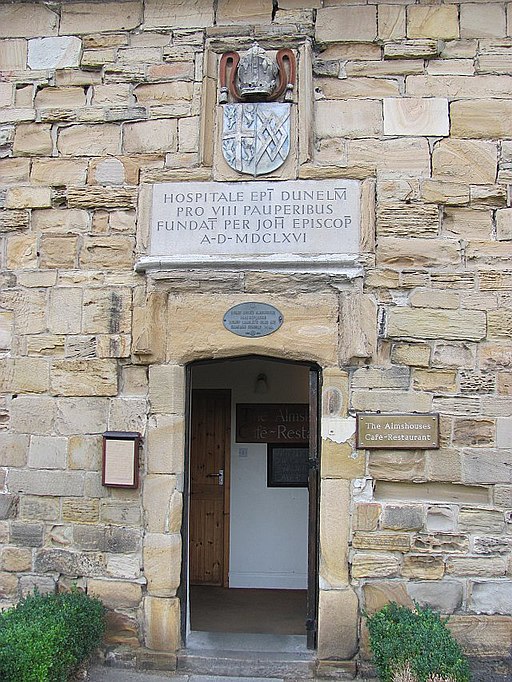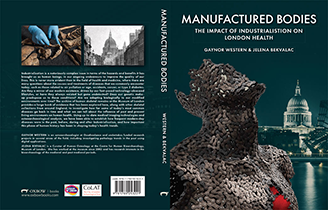Retirement plans before industrialisation
Perhaps one of the first things we associate with old age is being a pensioner. We still consider our ability to carry on working as a key definition in defining our old age.

Old Age Pensions Act, 1908
When we retire from work, we can draw on a pension for financial support. State pensions in the UK are relatively new things and only came about following the Old Age Pensions Act 1908. To draw the pension at this time, you had to be over 70 years old and also of ‘good character’. This was amended in 1946 through the National Insurance Act 1946, so that from 1948 men were eligible at 65 years old and women at 60.
Before 1908, however, there were no government interventions protecting the elderly from financial hardship. The elderly had to find their own means of supporting themselves. This meant that most just had to keep on working. Many old people found themselves facing poverty. Options were limited and the elderly were often forced to rely on charity. You may be have been able to obtain some local parish funds. The 1601 Act of Relief for the Poor made it the responsibility of every parish in England and Wales to house people who could not work and this included some of the elderly.

Almshouse, Palace Green, Durham. Richard Webb, CC by SA 2.0
If you were lucky, you might have even found yourself in an almshouse. Almshouses were originally set up as hospitals by religious houses to provide hospitality and shelter to those in need and to strangers. The oldest almshouse still in existence is the Hospital of St Oswald’s in Worcester, which was founded c.AD990. After the dissolution of the monasteries, medieval craft guilds became the sponsors of such hospitals to provide care for their ‘elderly decayed’ members.
The first post-Reformation private charity to help accommodate the elderly was the Queen Elizabeth’s College in Greenwich, London, which has provided almshouses since 1576. The Charterhouse in London is another almshouse that survives today, though this was privately funded by Thomas Sutton in 1611, the country’s richest commoner at the time. He bequeathed his estate for founding of a school for disadvantaged boys and a shelter for elderly men who had fallen on hard times.
Examining records of parish fund payments, Lynn Bothelo charts the increasing reliance on charity as individuals got older, ranging from a payment of a few pence for firewood in your 40’s to extended weekly assistance in your 60’s, supplementing the decreasing wages of the elderly. Nonetheless, there wouldn’t be sufficient monies to allow anyone to completely retire from work.
Next: Industrial old age care








